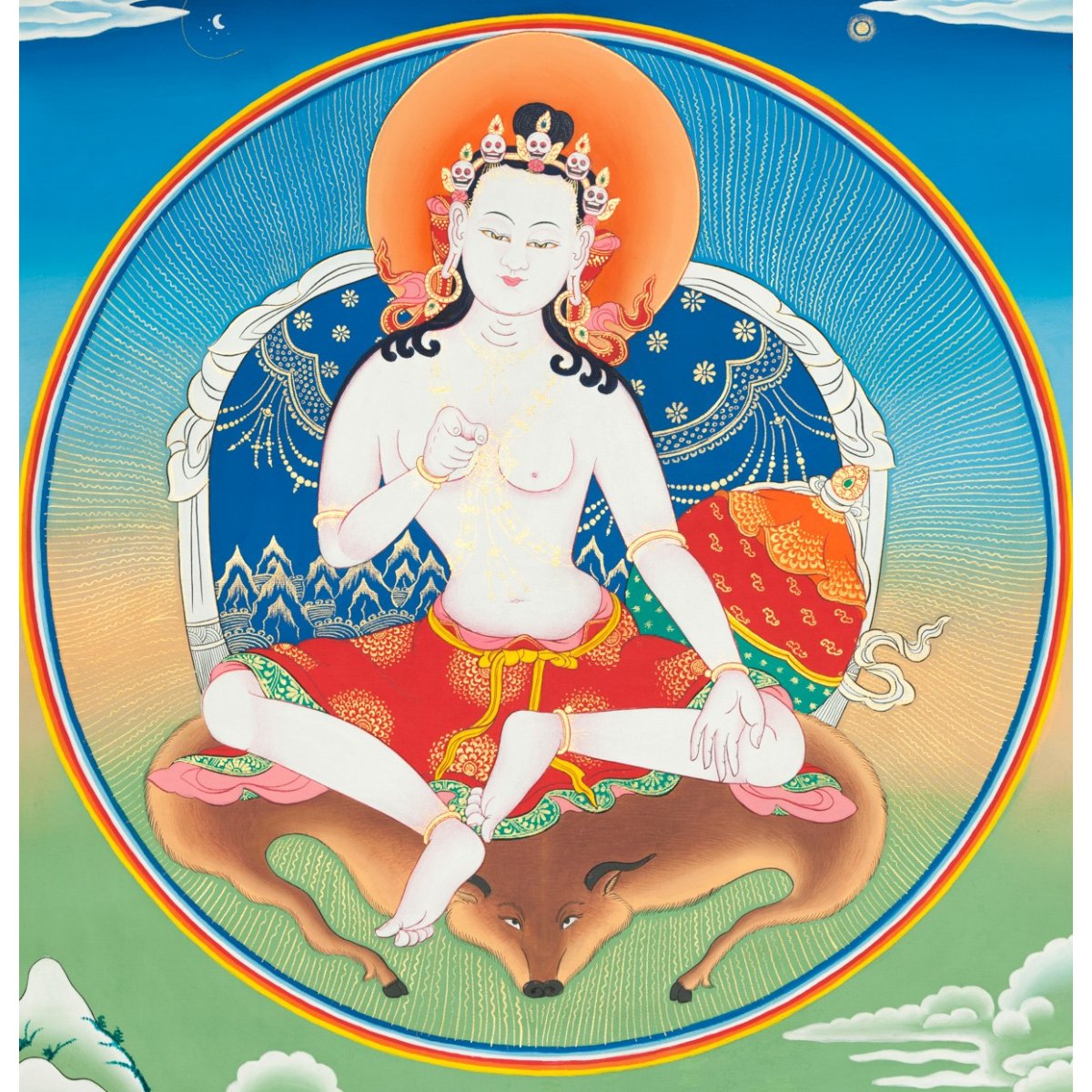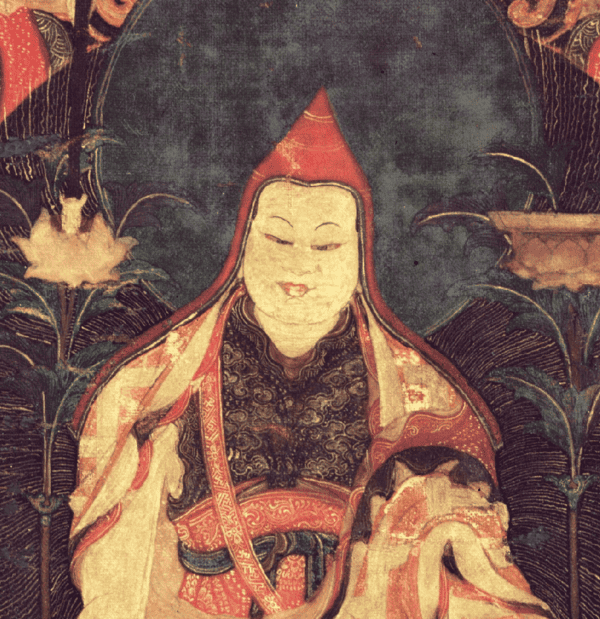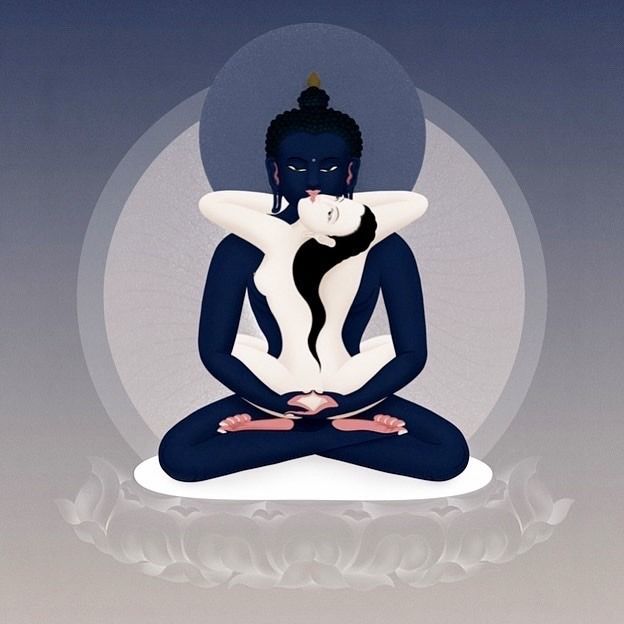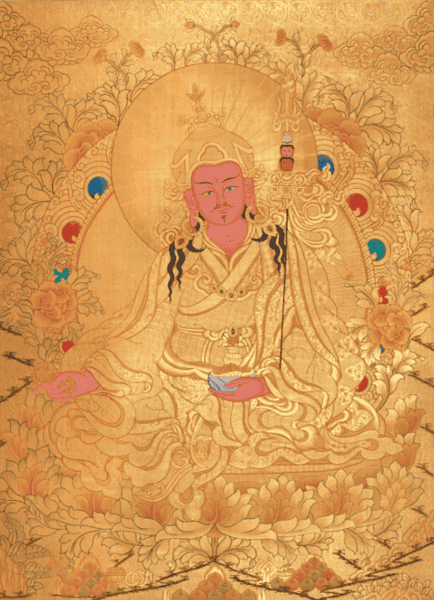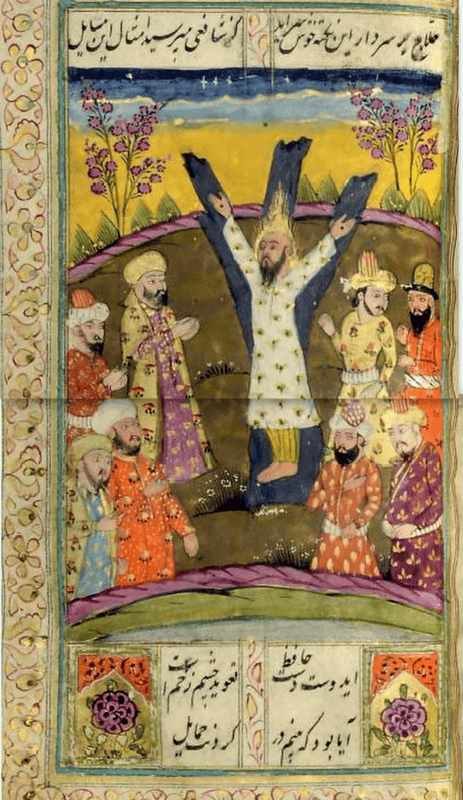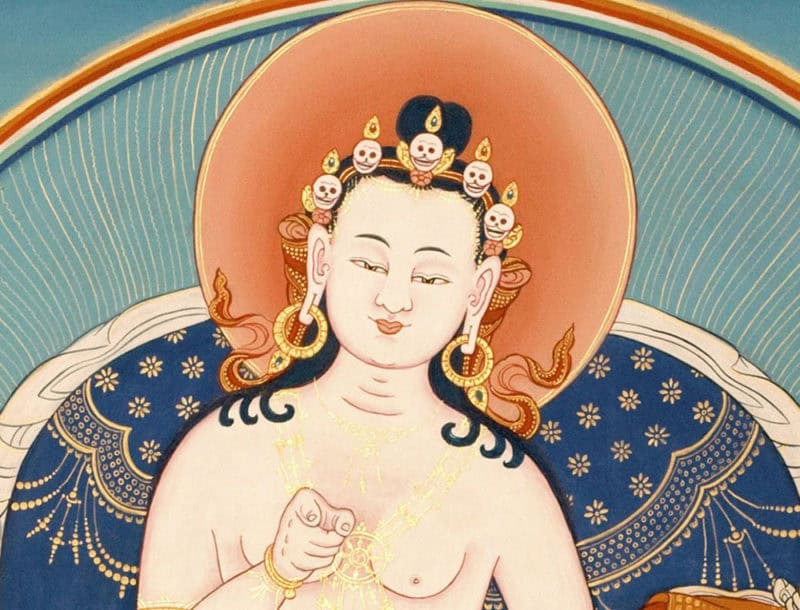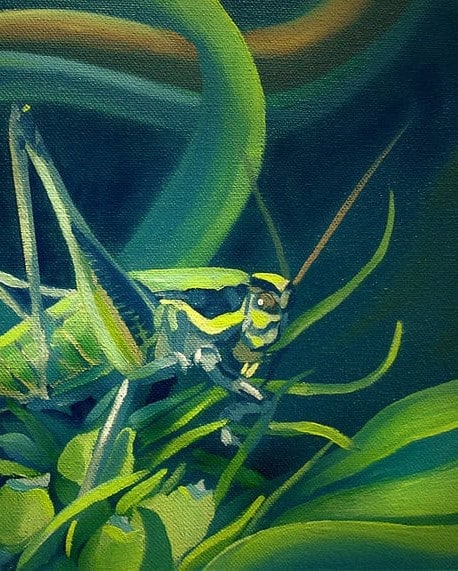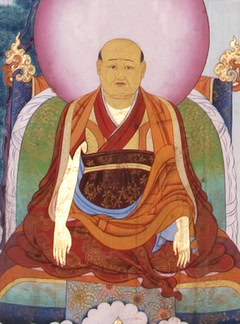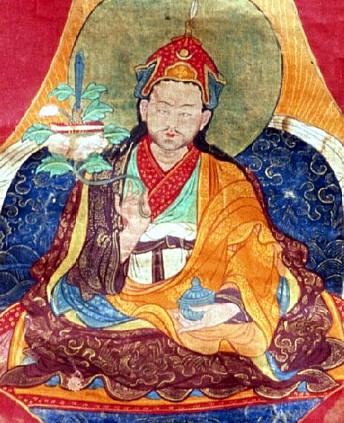Early Masters of Dzogchen: Garab Dorje
Garab Dorje (Wylie: dga’ rab rdo rje) is a seminal figure in Tibetan Buddhism, and is renowned as the first human teacher of Dzogchen – the Great Perfection of Ati Yoga. His life and teachings have profoundly shaped the Dzogchen tradition in particular and more widely the Nyingma school of Tibetan Buddhism. The legend of […]
Early Masters of Dzogchen: Garab Dorje Read Post »

